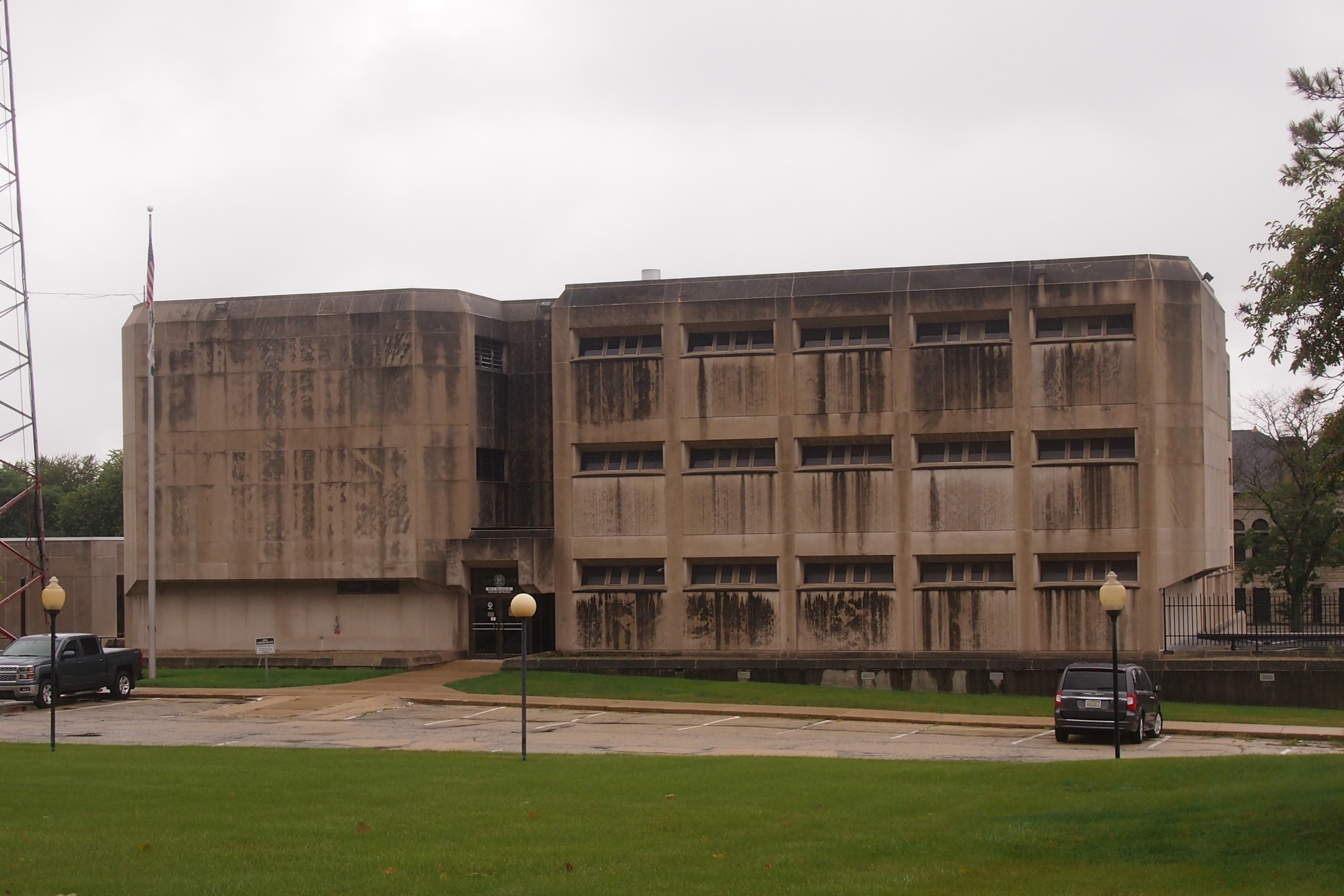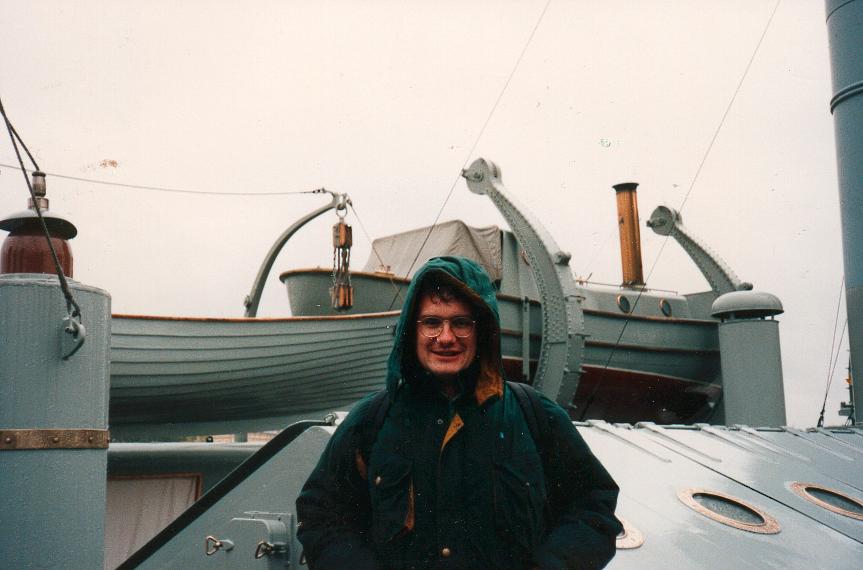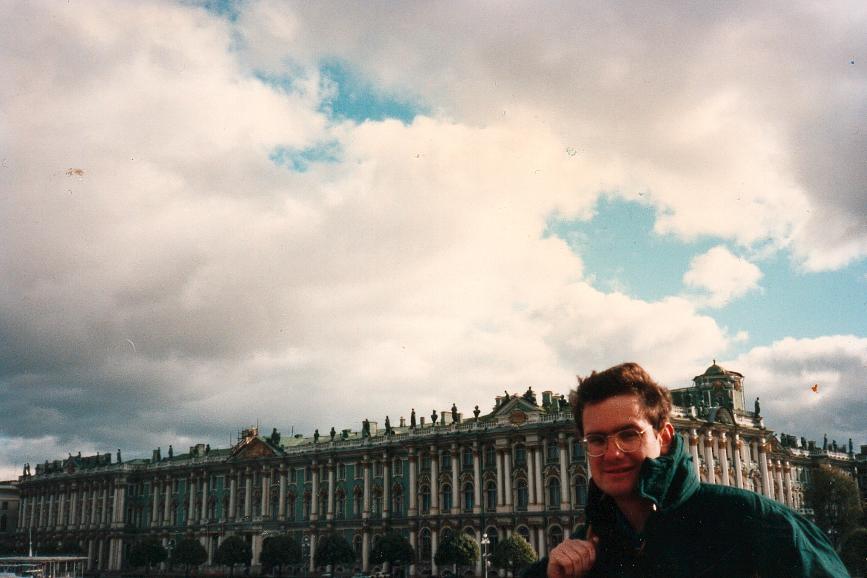I wondered recently, when did I first hear about the small Illinois city — or maybe the large Illinois town — of Kankakee? (Pop. 27,000 or so.) Not a very urgent question, since there’s usually no reason to remember when you first heard of most places — and no way you can remember. With a few exceptions in my case, such as Stevens Point, Wis., which I never heard of till Mu Alpha Theta held its national meeting there in 1978, which I attended.
Even so, I’ll bet I heard of Kankakee because it was in the lyrics of “The City of New Orleans” in the early ’70s, so artfully written by Steve Goodman, so memorably sung by Arlo Guthrie. “Kankakee” makes a clever rhyme with “odyssey.”
All along the southbound odyssey
The train pulls out at Kankakee
And rolls along past houses, farms and fields.
Passing trains that have no names
And freight yards full of old black men
And the graveyards of the rusted automobile.
A lot of people could probably say that’s where they heard about Kankakee. Even some Germans. Years ago, my friend Rich played a German-language version of the song for me. Apparently it too was popular. In our time, those lyrics are easy to look up.
Auf seiner Odyssee nach Süden passiert der Zug Kankakee,
rollt an Häusern, Farmen und Feldern vorbei,
passiert andere namenlosen Züge,
Abstellplätze voller alter farbiger Männer
und verrostete Autofriedhöfe.
More recently, the Bradley House in Kankakee came to our attention. In full, the B. Harley Bradley House, vintage 1900.
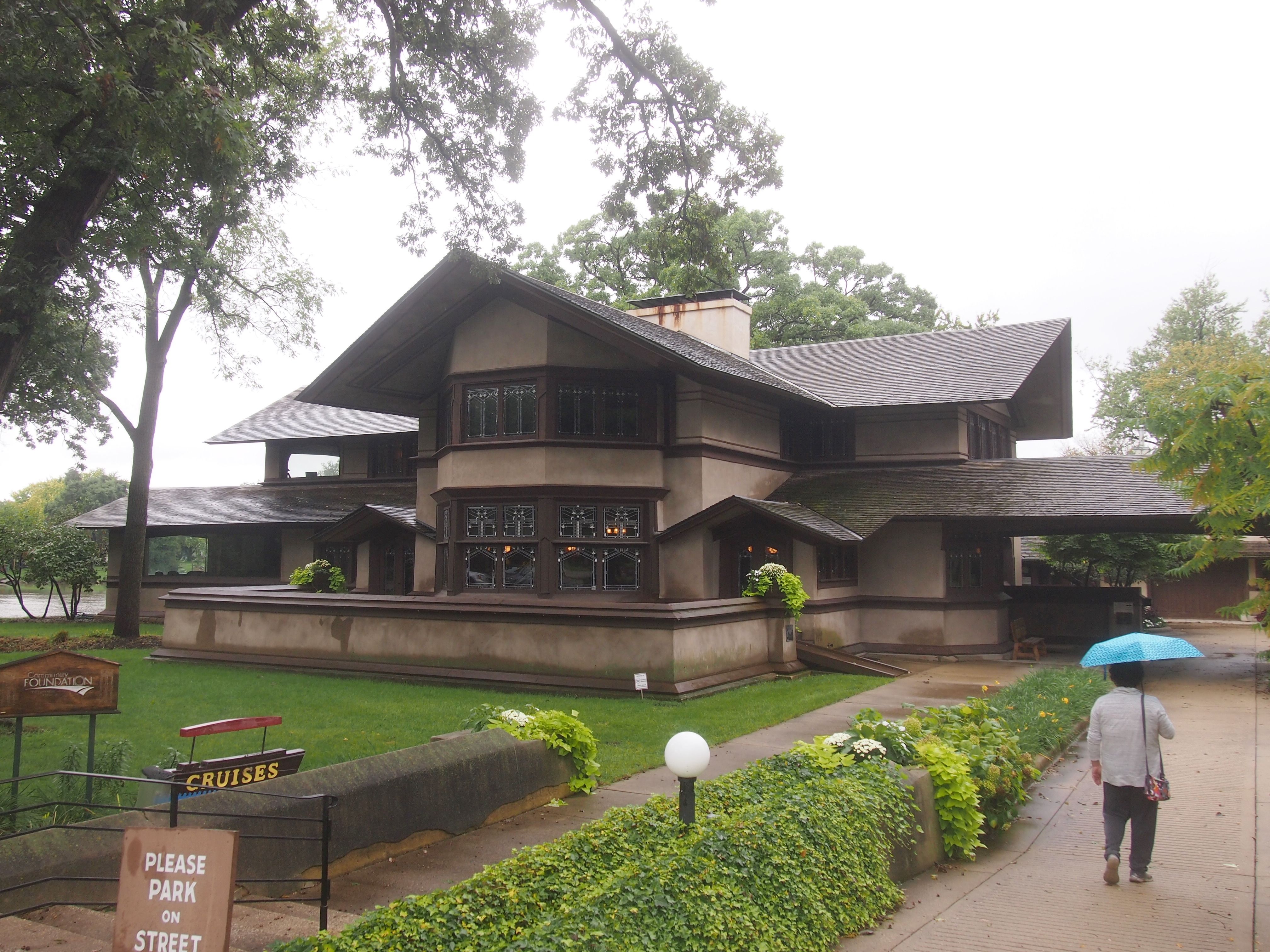 It doesn’t take too much looking to see that Frank Lloyd Wright did the house. One of the first ones — the docent claimed the first one, others claim differently — done in his distinctive Prairie School. I can’t comment authoritatively which was first, and I don’t really care, but even so the house was interesting enough for a day trip.
It doesn’t take too much looking to see that Frank Lloyd Wright did the house. One of the first ones — the docent claimed the first one, others claim differently — done in his distinctive Prairie School. I can’t comment authoritatively which was first, and I don’t really care, but even so the house was interesting enough for a day trip.
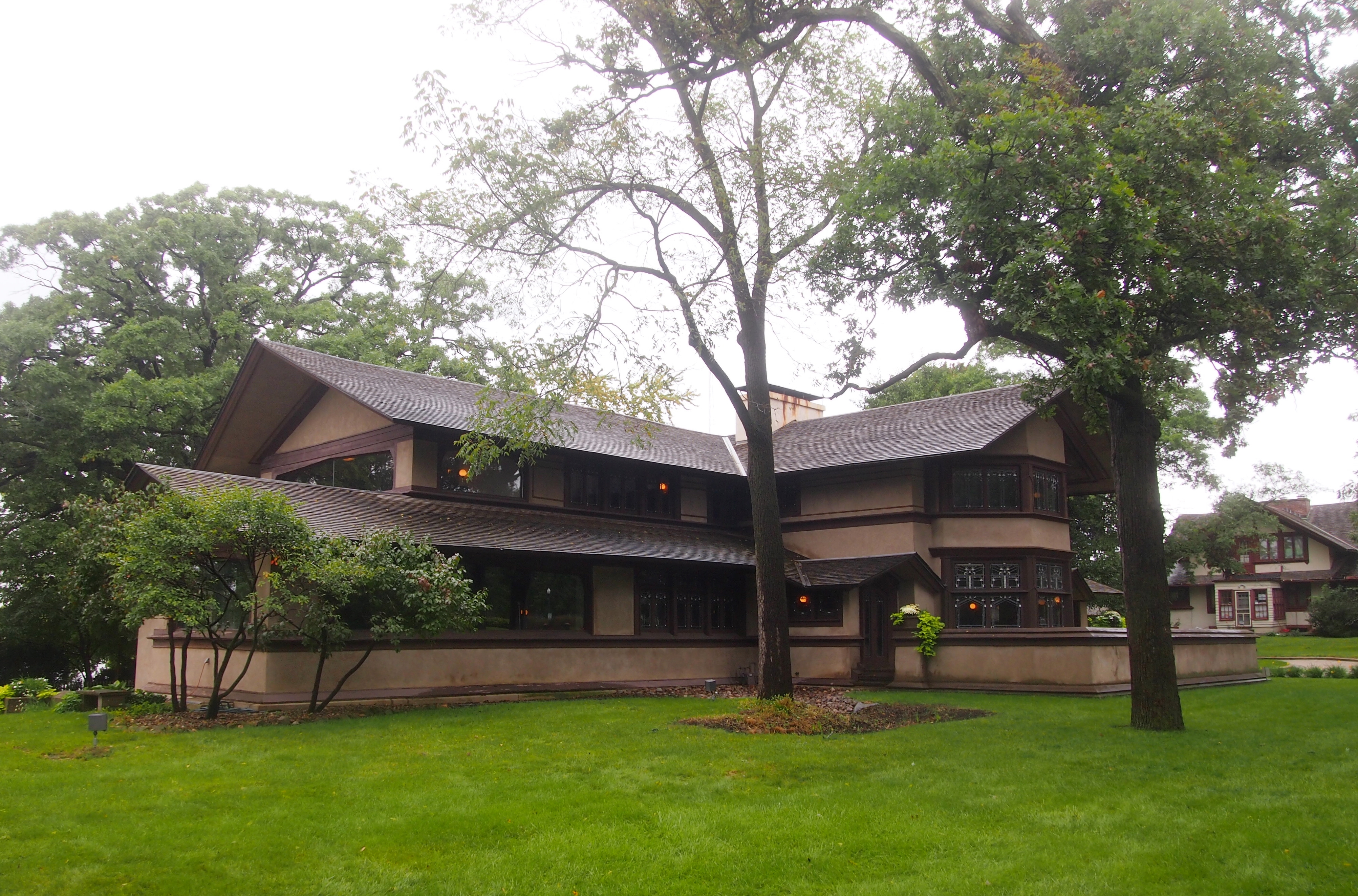 The house, and the one next to it — the Warren Hickox House (behind it in the pic above), another Wright design that’s still a private residence — are in the the western edge of the town’s Riverview Historic District. The neighborhood features large old houses in various states of repair, but no others like these two.
The house, and the one next to it — the Warren Hickox House (behind it in the pic above), another Wright design that’s still a private residence — are in the the western edge of the town’s Riverview Historic District. The neighborhood features large old houses in various states of repair, but no others like these two.
The Bradley House is also close to the Kankakee River.
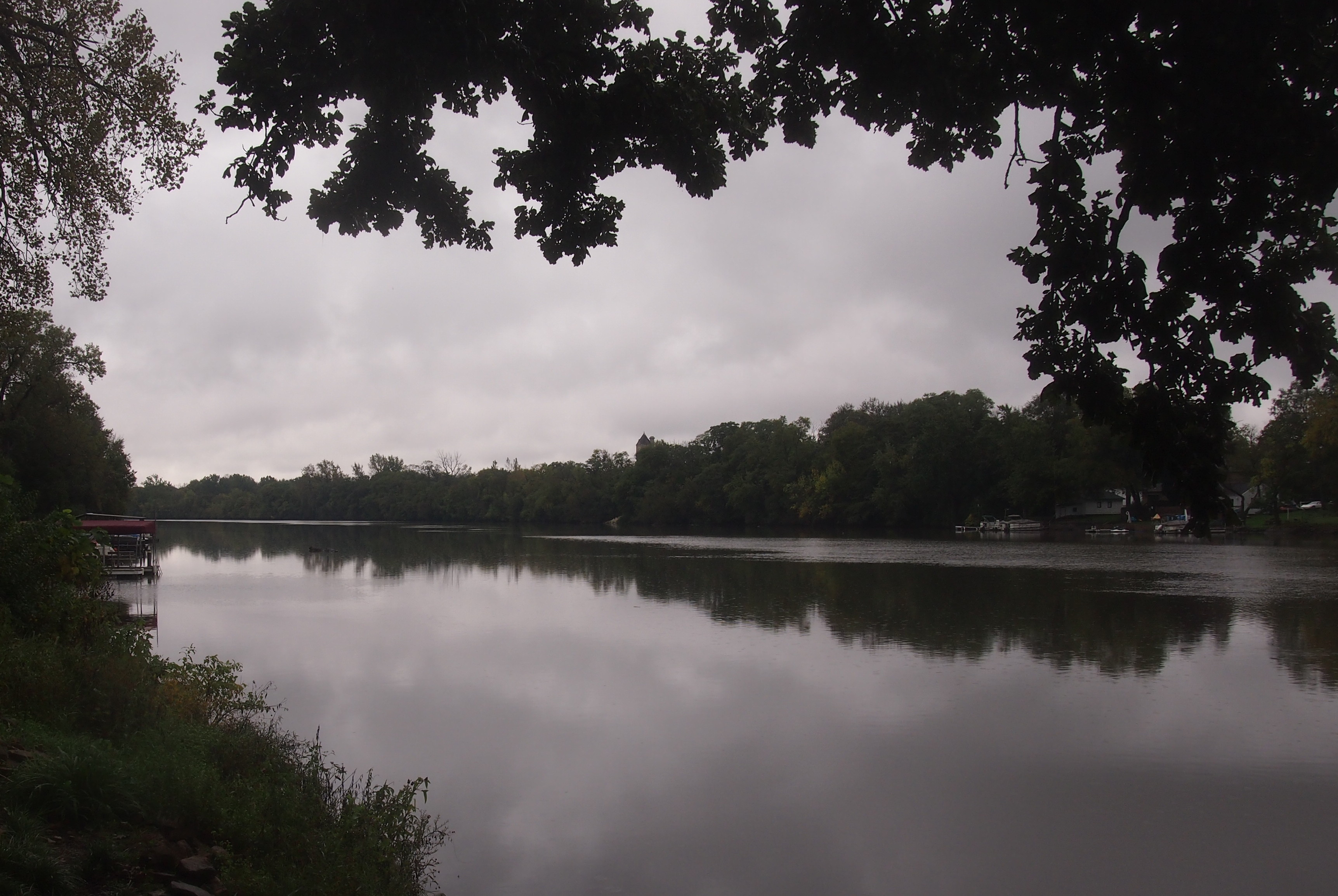 During the tour, I asked the docent whether flooding had ever been an issue — as it has with the Farnsworth House — but apparently the Kankakee isn’t as testy as the Fox River, at least at that place.
During the tour, I asked the docent whether flooding had ever been an issue — as it has with the Farnsworth House — but apparently the Kankakee isn’t as testy as the Fox River, at least at that place.
The house has had a long string of owners over the last century-plus. Within living memory, for instance, it was a well-known local restaurant, The Yesteryear. For a considerable time in the early to mid-20th century, a wealthy man named Joseph H. Dodson owned the place. He was a bird lover and used the house’s stable, which is now the gift shop, as a bird house factory. It seems that Dodson bird houses were quite an item at one time.
Then there’s the sad story of Stephen B. Small. Another wealthy Kankakee resident, he acquired the property in the mid-80s and set about to restore it. That came to a halt in 1987 when he was kidnapped and buried in a box whose air tube wasn’t large enough to supply him enough air, and so he died (both kidnappers are still in the jug).
More recently, through various twists and turns, the house came to be owned by a nonprofit that’s aiming to pay down its mortgage. Our little part in that was paying for the tour, along with buying a postcard an a refrigerator magnet.
I did not, however, want to pay $5 to take interior pictures, which wouldn’t have turned out all that well anyway. The interior restoration, completed only in 2010, restored the place to its 1901 appearance. A nice bit of work: long halls, spacious rooms (except for the servants’ quarters), wooden floors, art glass in the windows, and the kind of alcoves and recesses and the like you associate with Wright, though few low ceilings. Guess this was before, as The Genius, he could insist on ceilings fit only for short people.
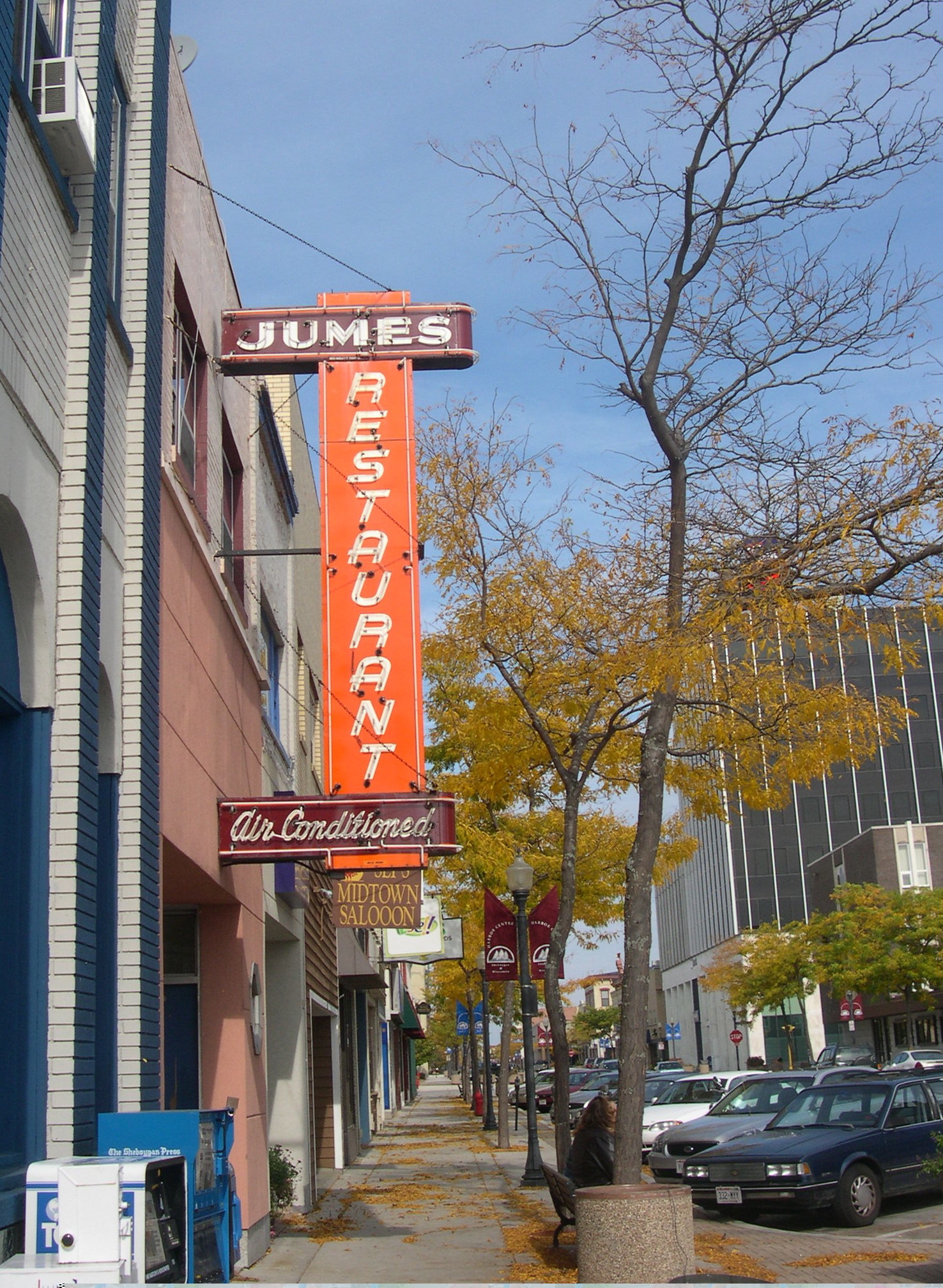
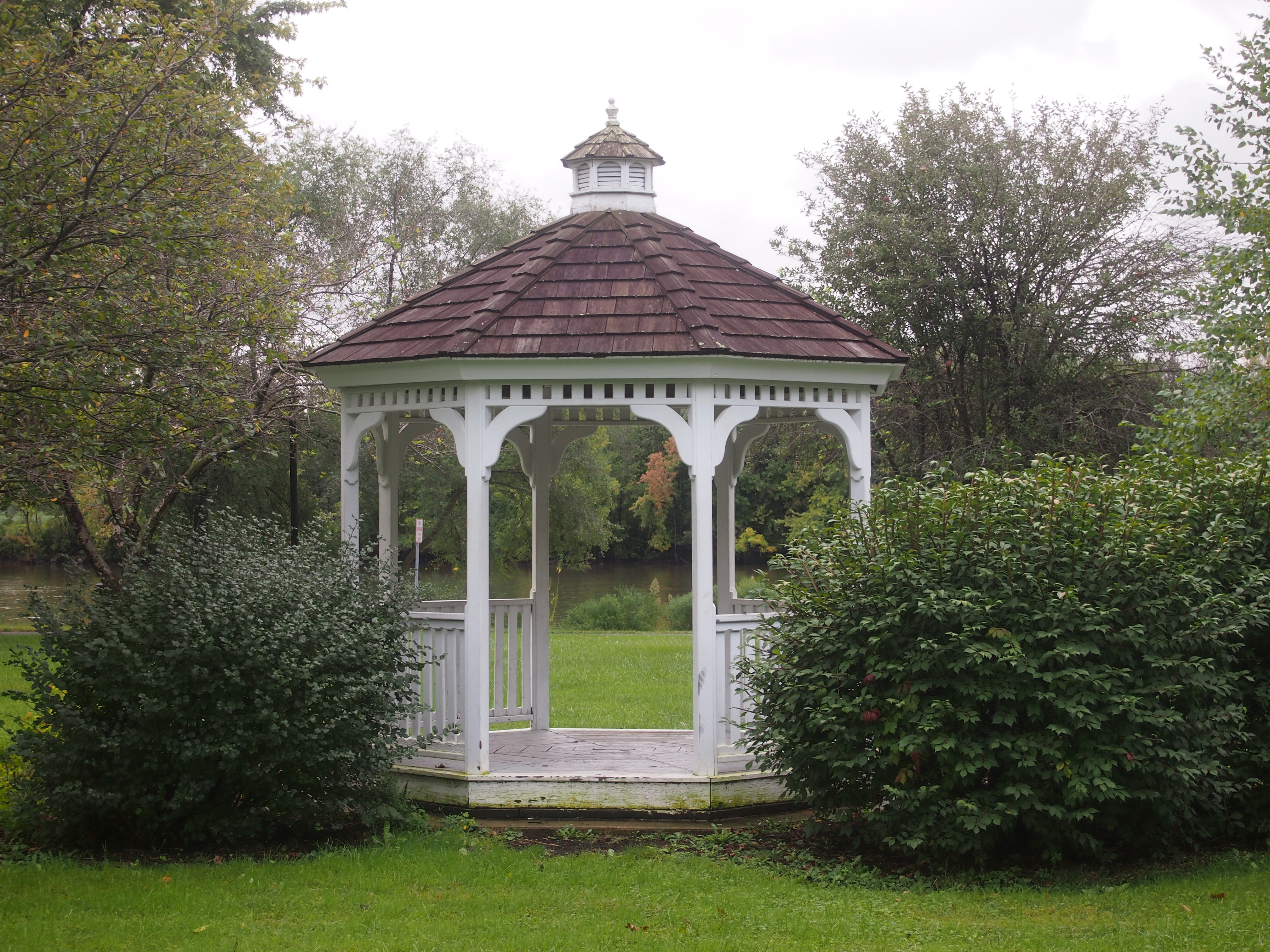



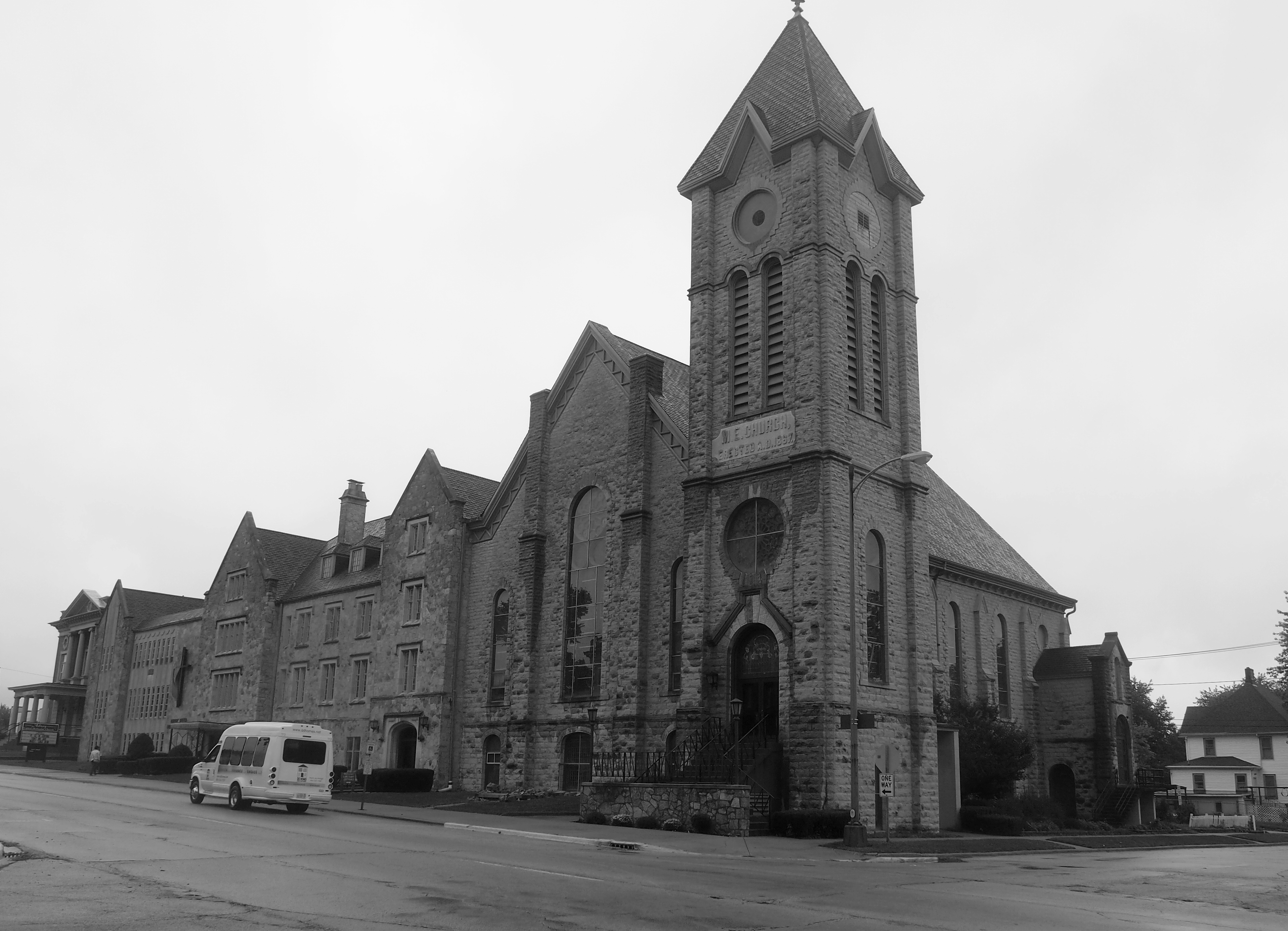
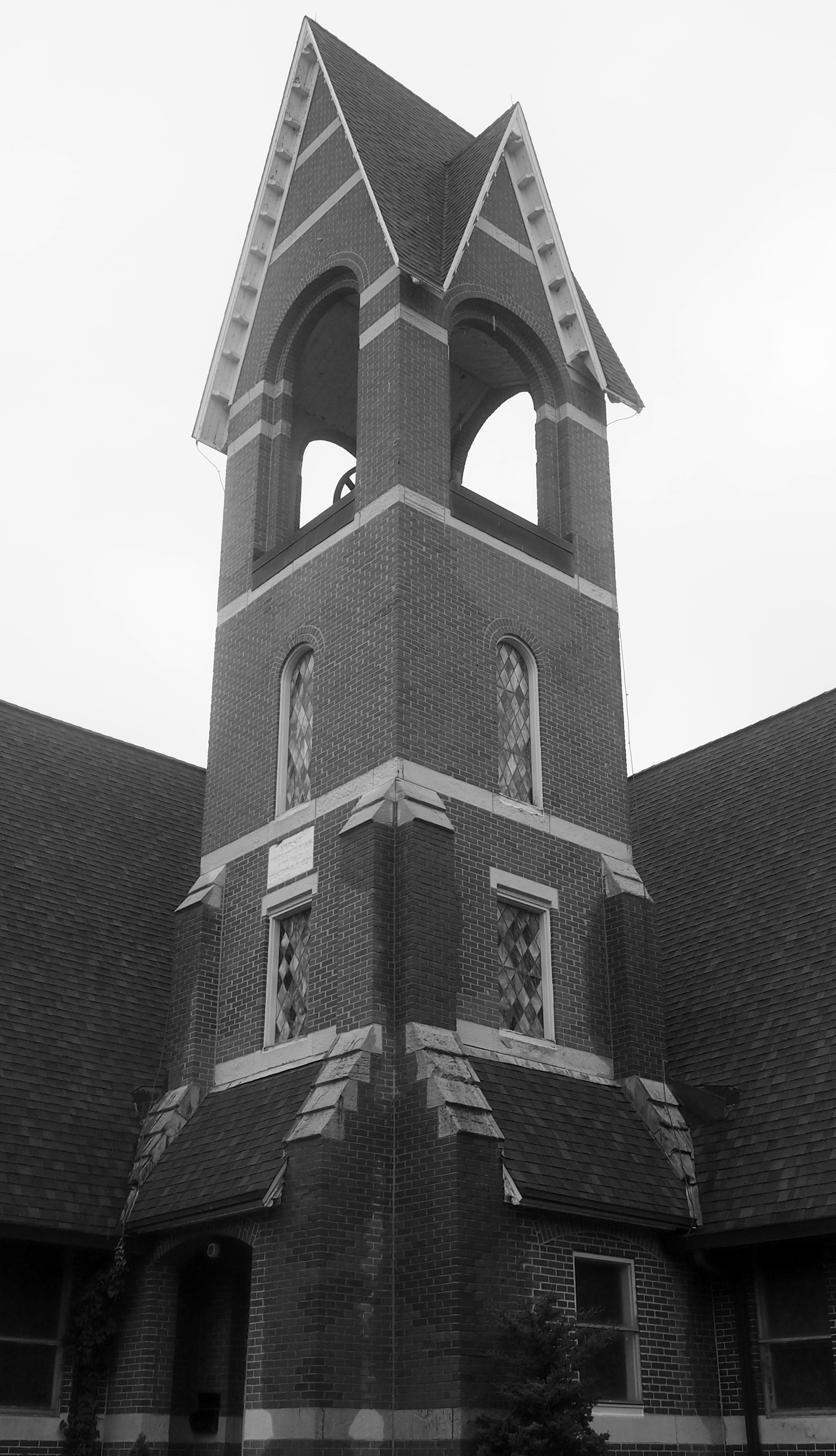
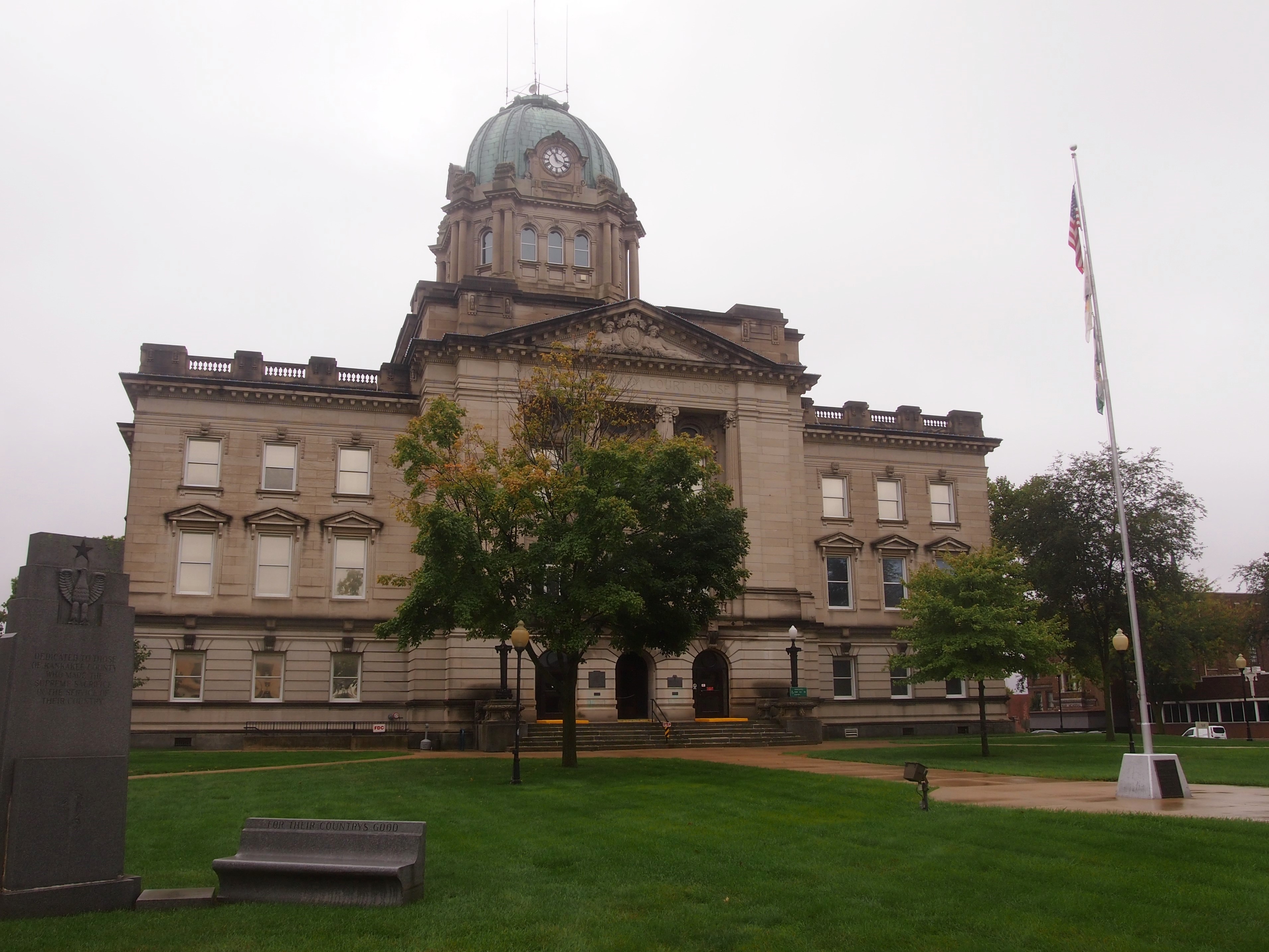
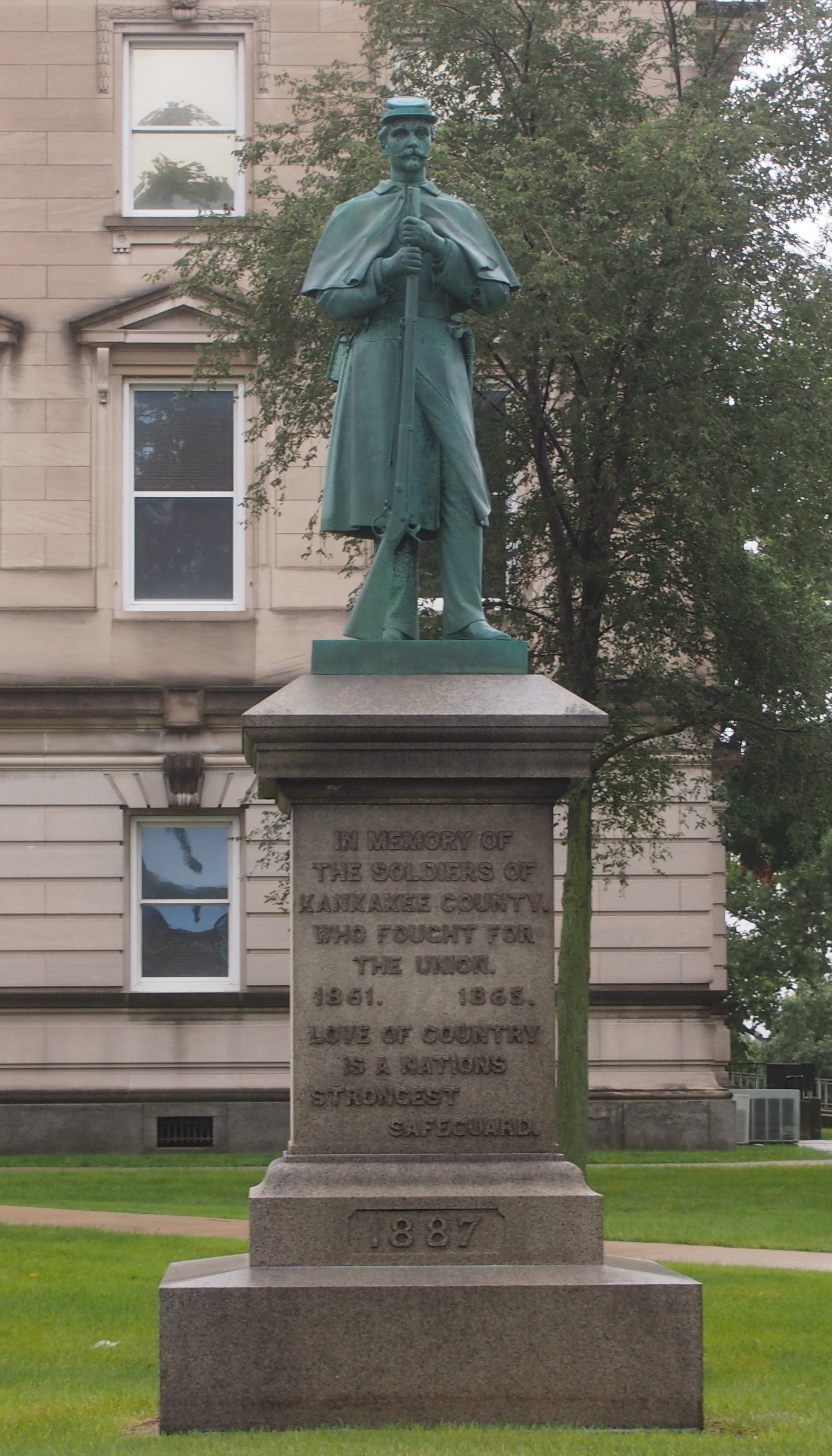 One more Kankakee County structure, just south of the courthouse: the brutalist county “detention center.”
One more Kankakee County structure, just south of the courthouse: the brutalist county “detention center.”